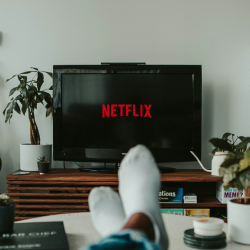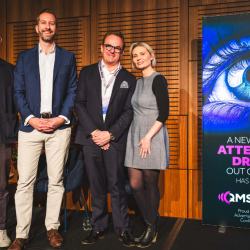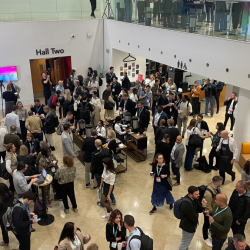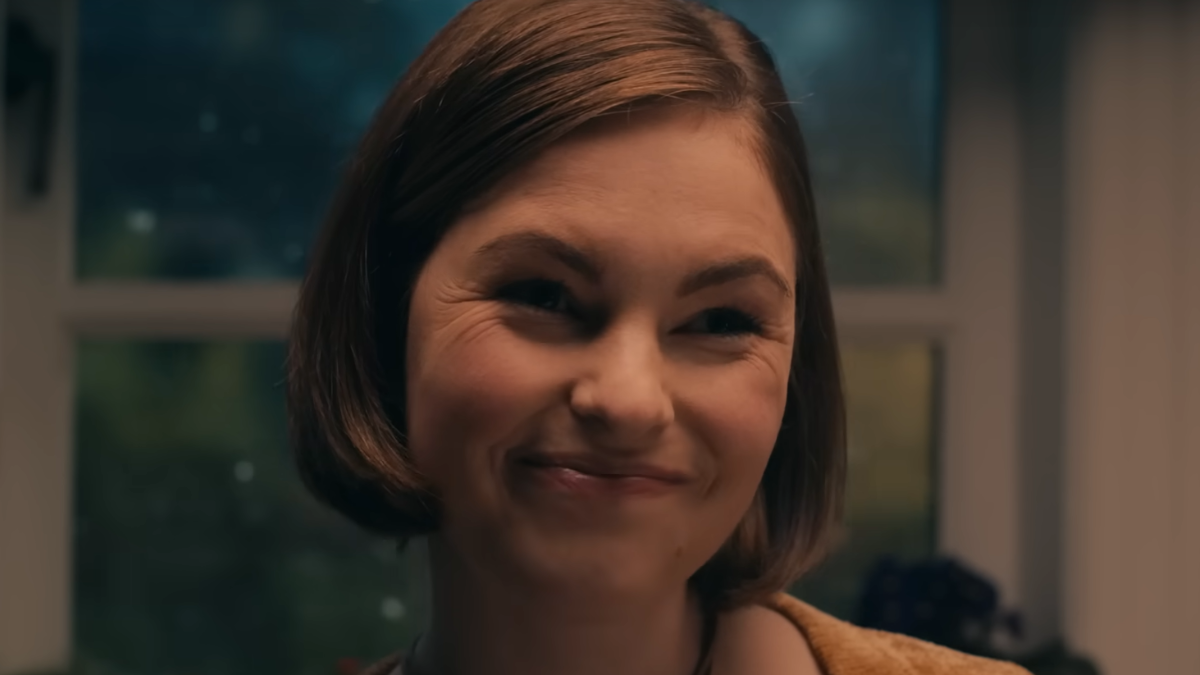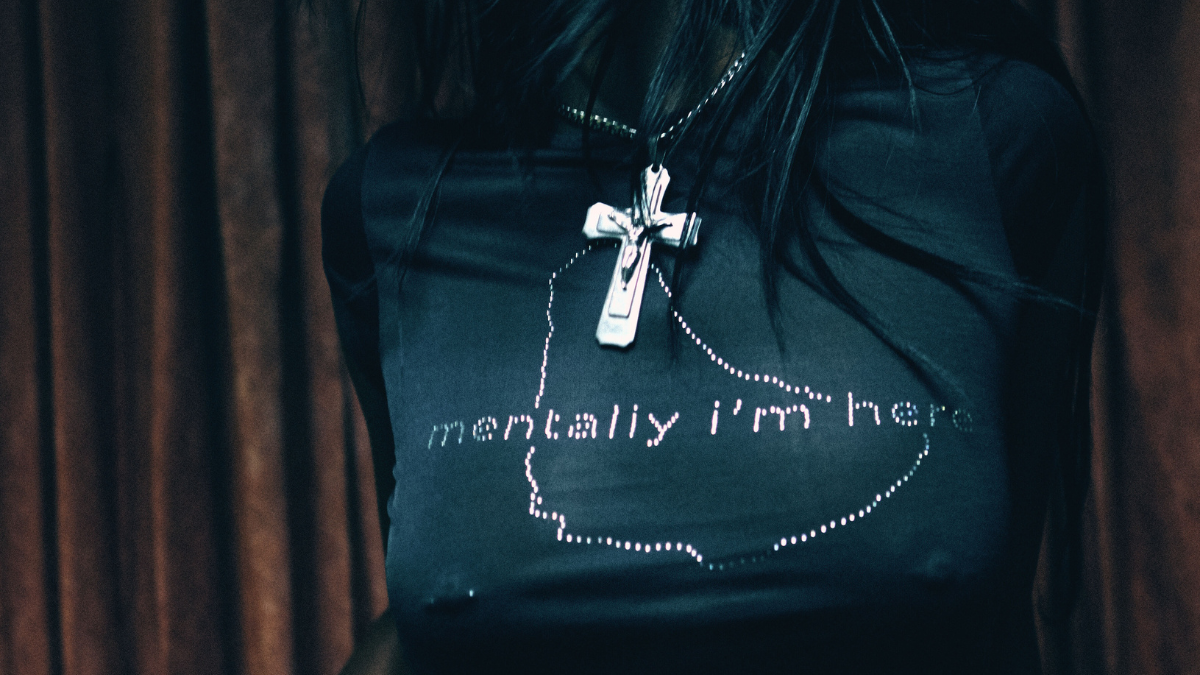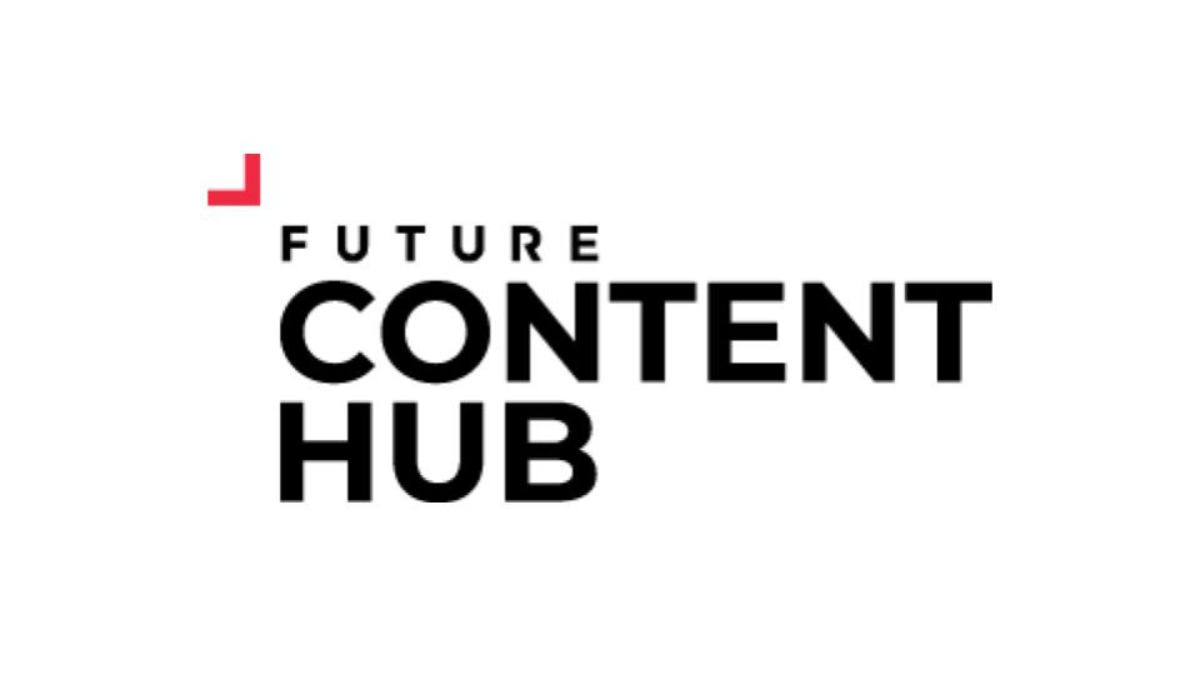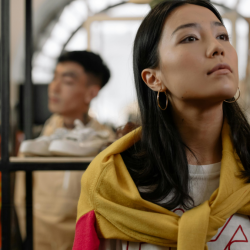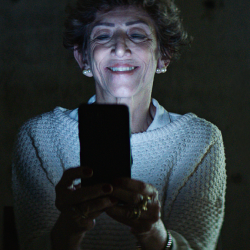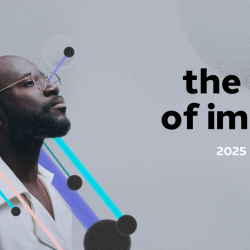Generative AI is officially mainstream, with popular tools like ChatGPT and Stable Diffusion making creatives out of everyday consumers. For those within the creative industries, this shiny, fast-moving tech evokes both excitement and anxiety. Will our roles be replaced by AI? Or rather, could AI collaboration change the face of creative work for the better?

Last May, VCCP launched AI creative agency, Faith. Our Editor-at-large Natasha Randhawa catches up with founding Creative Director, Ben Hopkins, on the agency’s work as both an AI creative shop and explorative R&D hub, the pros and cons of using technology that’s changing every day, and why hybrid creative work could be the shake up that the industry needs.
Ben, thanks for speaking. 2023 was a watershed moment for AI, with industries everywhere investing and experimenting in emerging tech. I heard Faith was launched in just one week, how did it all come about? What have the last eight months been like for you and the team? Take us through the highlights.
Thanks Tash, yes it’s been a bit of a whirlwind. VCCP has always had this behaviour of spinning up new entities to embrace disruptive technologies. It allows us to give these opportunities the resources and focus they deserve to understand their potential transformative impact. We knew generative AI wasn’t going to be the usual quick-burn hype cycle like NFTs or the Metaverse.
Our observation was that Gen AI had the potential to accelerate human creativity so using it to set up an agency in a week seemed like a great challenge.
The most important thing for us was to be responsible and transparent. This space is incredibly fast-moving and requires a very experimental mindset. So that’s how we started by identifying hypotheses on how Gen AI could be used for agency-related tasks and testing against them. We created a maturity index for things like research, decisioning, asset generation, adaptation, coding and so on to establish how close Gen AI was to being able to deliver viable efficiencies.
While many of these experiments initially scored low, we keep repeating them and this allows us to see where points of acceleration lie so we’re ready. This process takes brave clients and strong client relationships to participate so we were incredibly proud that Sage became our founding client with Virgin Media O2 joining soon after for whom we’re creating a range of fine-tuned image and copy models.
Considering AI’s exponential growth and ability to produce results in seconds, the expectation is that it makes things faster. In day-to-day agency life, is that the case? What is it like integrating tech that’s constantly evolving? What processes are more efficient, and where is time spent puzzling the pieces?
While the pace of the tech is changing rapidly, there are still some persistent barriers for companies from ongoing legal challenges over IP to agencies needing to hire new talent to optimise their internal data to get the best out of these new products coming to market. While agencies assess these Enterprise options, AI adoption remains more at the grass roots level where services are being tested and used by limited users on company accounts and trial or by early adopters with their private accounts.
As time passes and the tech’s novelty turns into more consistent, complimentary workflows, the benefits will become more established and filter up. In terms of workflow, AI integration into existing services is where it’s at.
Companies like Adobe are proving that a softer, more evolution-than-revolution approach can help drive adoption. However, these providers shouldn’t expect agencies to pay through the nose for beta products or services that are not as bleeding-edge as other start-ups nipping at their heels.
You described the human/AI relationship as ‘more copilot than autopilot’. As a Creative Director, how does having an always-on AI partner handling the creative labour free up your time to focus on intentionality and ideation? Where in the creative process do you find people still have the winning edge over AI?
Gen AI is impressive in many areas and constantly evolving but its main areas of weakness remain control, consistency and reasoning. And while you can argue that much of human creativity is derivative, Gen AI isn’t creating ‘novel’ ideas. It doesn’t have a point of view. Everything is a statistical prediction of a desired outcome. This means that it’s not ready to be left to run wild, it needs steering. For all of the productivity gains, its output still needs to be verified.
The well-established copilot analogy means people have an integral role in steering and safeguarding Gen AI’s output. It’s better to see Gen AI as a new tool in the box whether you’re using it for copywriting, image generation, code completion or strategic analyses. People need to learn it, master it, find its limitations and adapt as it evolves to get the best out of it.
Ethics is another word often brought up in conversations on AI. Faith has a policy based on four principles: be transparent, authentic, compliant and ethical. How do you mitigate the ethical challenges of working with AI e.g. biassed algorithms, disinformation spread by AI hallucinations, datasets trained on copyrighted material, etc.?
As you say, Faith has its own ethical and responsibility guidelines but this whole sector is still so new. We work closely with our clients’ legal teams to establish new ways of working and compliance. Interestingly, this has led to the shelving of some creative projects as the technology, which you mention, still wrangles with issues such as bias. But it’s all a part of the learning process and due diligence is key to unlocking the commercial value of Gen AI in the long term.
As I mentioned, retesting is a big part of our process to help achieve craft at scale and mitigate risk. We also co-chair the Advertising Association’s AI Taskforce, working with industry partners to establish guidelines and best practices for the responsible use of Gen AI. What is important however is that we still allow ourselves the freedom to be creative and experiment with the latest closed and open-source products as well as builds from the thriving Gen AI community. This is how we stay ahead and get a sense of what’s coming next or maturing.
Working at the frontier of emerging tech creates opportunities for knowledge sharing and deep learning. Can you share some anecdotes on how Faith’s R&D partnerships with Staffordshire University and Keele Business School are shaping the agency’s creative approach? How crucial are these relationships in driving operational and commercial growth?
It’s important to us that the next generation of creative professionals has the best possible understanding of the industry today. That means they need to know how to use generative AI — even if they don’t end up using it on a regular basis, they need to understand the opportunities and limitations that it presents. And students understandably have concerns about their future careers, especially given some of the scary headlines about AI taking jobs from the creative industries. So we’ve run short workshops with students from Staffordshire University’s Digital Technology and Arts faculty, and guest lectures at Oxford Brookes University (amongst others) to help them look beyond the hype and get a better grounding in the tools which we think will become a natural part of the workflow in the future.
This is also good for us to understand the level of exposure young people have to generative AI, how they feel about it, and where any gaps might be that need to be filled in education. One thing we’re looking at, for example, is the price of generative AI tools and the impact that might have on universities and colleges’ ability to offer those tools to students.
It seems to me that tech rarely replaces services entirely, but rather creates new methods of production. The general consensus seems to be that agencies who adopt AI will thrive, and the rest will be left behind. What outdated elements of the agency model or indeed, the advertising industry, do you think AI could or is currently transforming for the better?
I think Gen AI has already had a huge impact on how people reframe the way they work. We’re all aware of repetitive tasks, inefficiencies and choke points in our processes but over time we often accept them as the state of the nation. Then Gen AI pops into existence and the hype creates an intervention where people think it can solve everything. The reality is that there are limitations, but that’s not the point. The point is: firstly, that people are positively engaging with a technology that’s easy to access and quickly finding areas of personal efficiency. Secondly, these limitations are improving all the time, filling many with a newfound feeling of possibility. There isn’t an area it doesn’t touch from production, creative ideation, pre-visualisation, strategy and even things like automating repetitive template-based tasks.
There is also a lot of tension around Gen AI and its potential long-term effects on knowledge workers in particular. There’s a saying that AI won’t take your job, someone using AI will take your job. But we agree with your observation. We’re already hiring model trainers and building AI skills into our recruitment process for the Table, VCCPs entry-level scheme. This technology is already creating a lot of opportunities and the labour market will shift to take advantage of that, which is why our partnerships with Staffordshire University and Keele Business School are so important.
Lastly, can you share anything exciting from any of the projects Faith’s been working on? Perhaps a sneak peek of something to watch out for later this year?
All I can say today is, ‘coming soon’. Your article is about a month early but we’re about to announce the release of our first live products for clients. What I can talk about is our areas of focus. We do have efficiency products which include bespoke branded tone-of-voice models that generate and check copy. We found early on that many of the off-the-shelf startups just couldn’t handle the complexities of top-tier brands with comprehensive guidelines, glossaries, inclusive language policies… to develop these products you need to work hand-in-hand with clients and their internal teams to get the best results. Branded image models are also a big focus.
VCCP has developed lots of well-known brand mascots over the years, but due to cost their use is often reserved for premium media formats. We learned quickly to fine-tune diffusion models, so brands could generate art styles such as illustration and mascots in almost any situation, ready for use on everything from social posts, retail and even internal presentations and comms.
But VCCP is first and foremost a creative agency, and that was super important for us to maintain when we set up faith. So looking at the creative application of Gen AI in new and novel ways is a big part of the mission. It’s also a great way for us to promote our other Gen AI products.
Featured image: Mitul Grover / Unsplash


